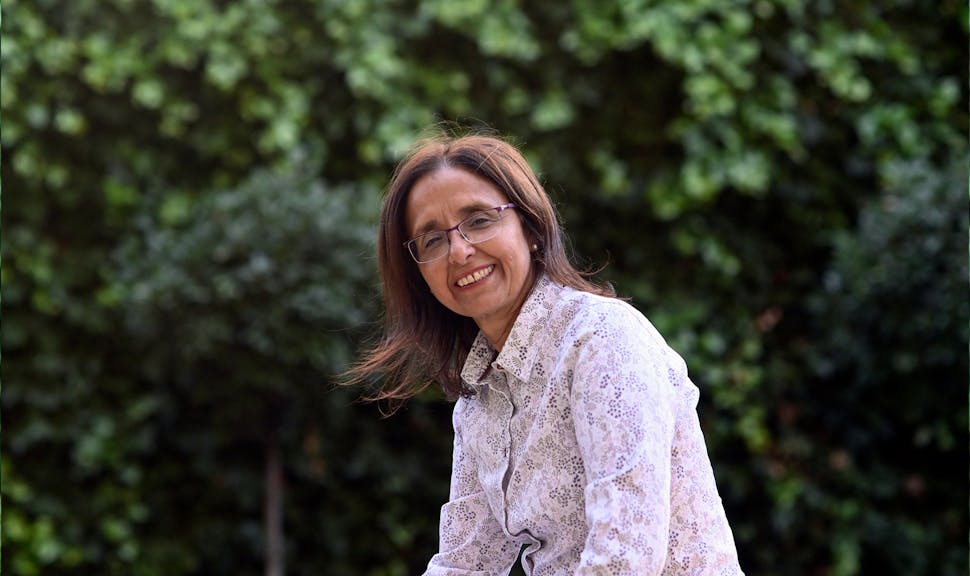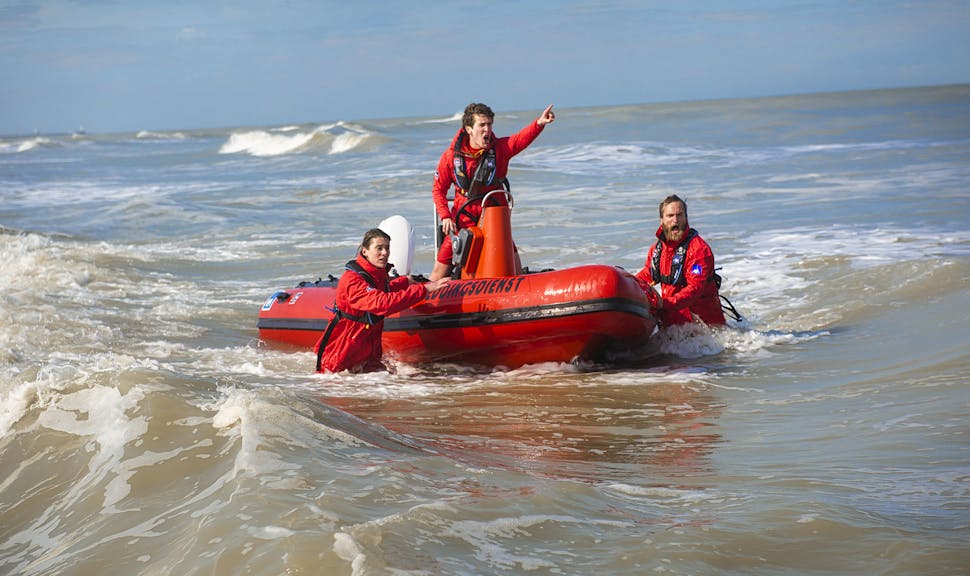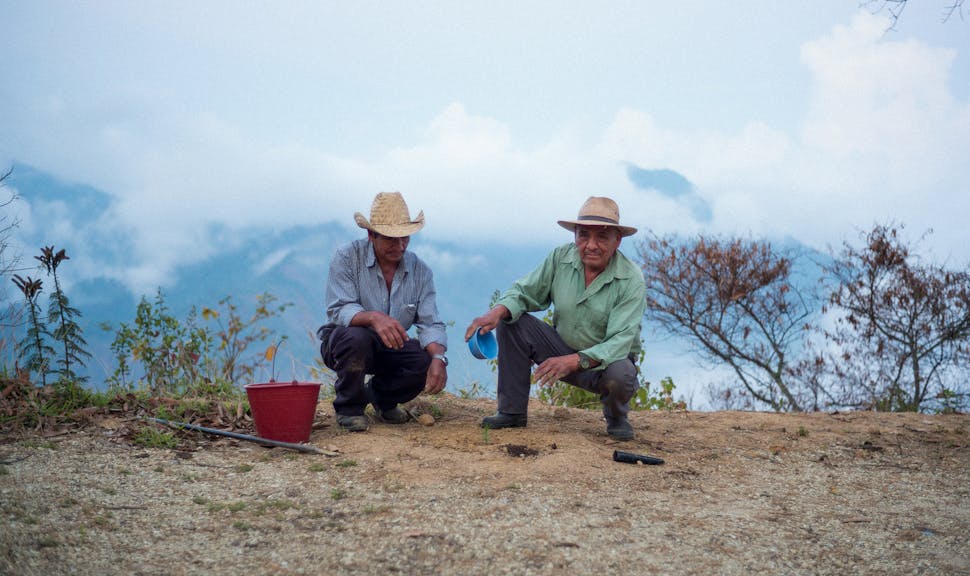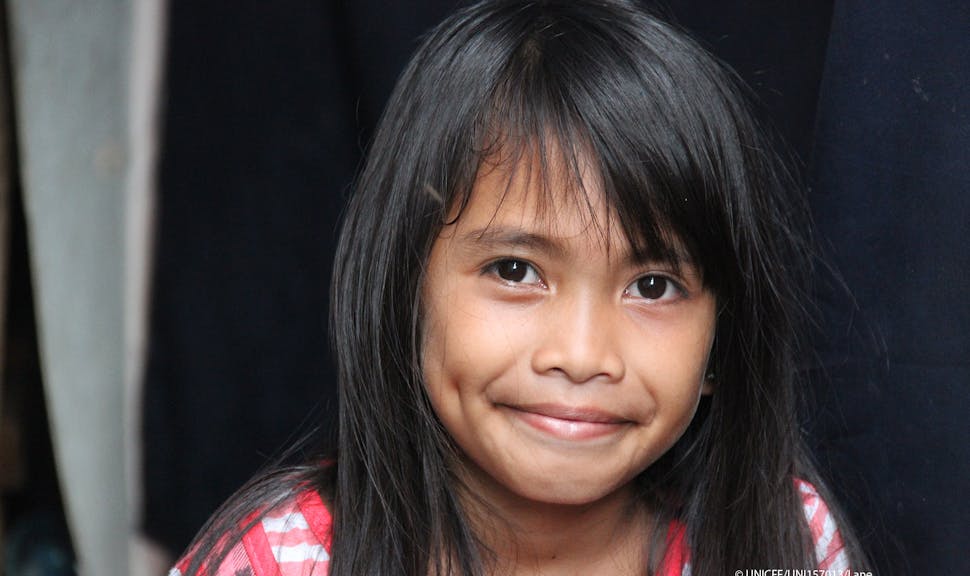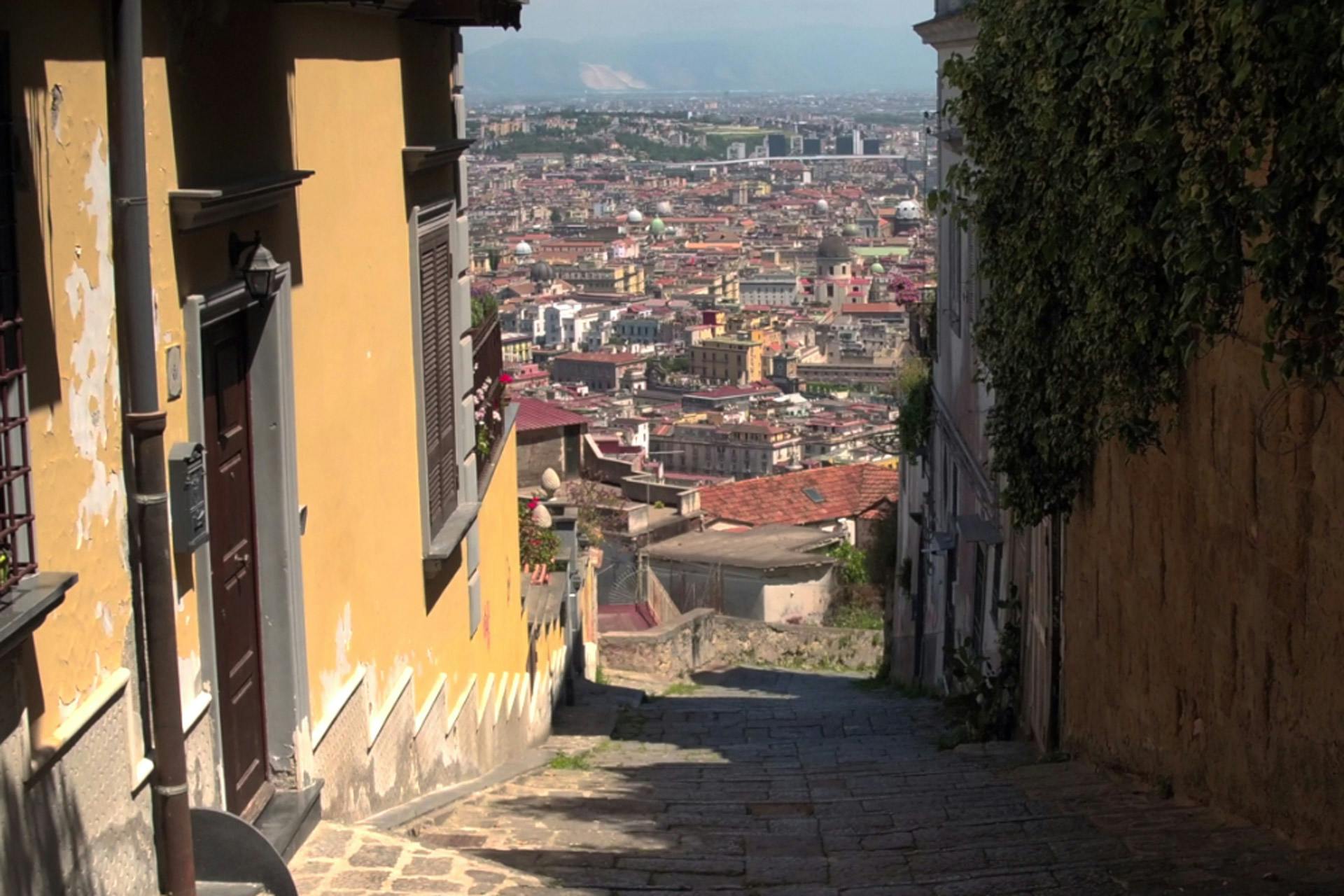
September 4, 2017
Building Resilient Cities Ep. 5: The difference between earthquake and disaster
Tokyo, Los Angeles, Mexico, Jakarta… All these megacities are located in seismic areas. How can we improve their resilience to earthquakes with early warning systems? The answer in the 5th episode of AXA Research Fund’s new series – Building Resilient Cities-, in partnership with National Geographic.
1 minute
Cities with more that 10 million inhabitants are often termed “megacities”. In 1950, the only “megacity” was New York – in 2016, there were 31 megacities globally, and their number is projected to rise to 41 by 2030. Currently, among these megacities, 15 are located in earthquake active areas. Resilience of their infrastructures as well as their inhabitants are crucial to mitigate the risks when earthquakes strike.
Preparing for the worst
Between 1980 and 2014 more than 850,000 people were killed by earthquakes and their fallout. These disasters are estimated to have cost the global economy more than $750 billion. By studying what happens when an earthquake hits a city, we have learned valuable lessons that are enabling engineers to design safer and more resilient buildings for the future. However, existing buildings remain a dangerous problem and while earthquake damage can be minimised it cannot be prevented. We must prepare people for the worst.
Supported by AXA, Professor Iunio Iervolino is developing an early warning system for earthquakes. It will instantly and automatically alert the population of vulnerable cities seconds before the seismic waves strikes. Those precious few seconds can be enough for people to reach a safer place and to shut down hazardous machinery: an early warning can make all the difference in a situation where every second counts.
This is one episode of five short films with the AXA Research Fund and National Geographic to inspire understanding of the hazards faced by urban areas, and the ways in which we are working to minimize their impact and make the world’s cities safer. Other films in this series cover urban data and spatial planning, floods, and the role of insurance in resilience. Discover all the episodes: click here.
